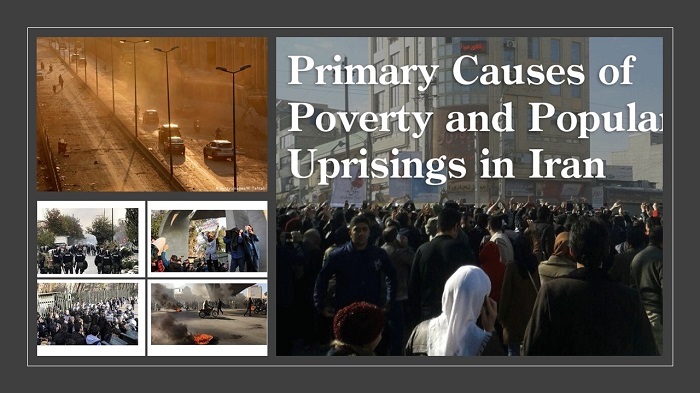
The prospect of a sustained, organized revolt against the regime has been prophesized by officials for at least three years, since the first series of nationwide uprisings. The protests in question took place across 100 cities and towns and the end of 2017, into the beginning of 2018. These protests were the culmination of years of escalating unrest and discontent.
During the uprisings, a spokesperson for the Interior Ministry reported around 43,000 large public gathers. This amounted to around 30 protests a day on average. Here to the demonstrations were motivated by the country’s worsening economic state.
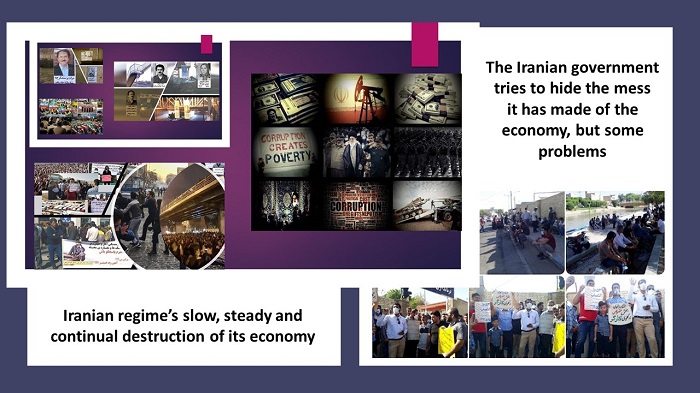
The uprising in January of 2018 began with a protest in Mashhad, in response to the regime’s mishandling of inflation and unemployment. As the movement gathered steam and spread, participants focussed on the mismanagement as an essential flaw in the theocratic dictatorship. Largely, Iran’s sustained problems all seemed to originate from the structure of the government.
“Death to the dictator” a common anti-regime slogan. Protesters seemed unhappy with both the “principlist” faction of Supreme Leader Khamenei and also, the “reformists” and the outgoing president Rouhani.
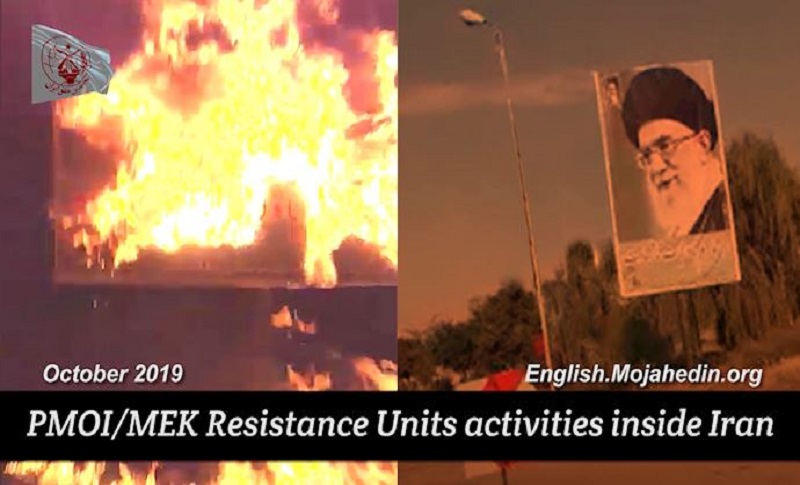
Rouhani was historically implicated in financial corruption, alongside the principlists. Fereydoun, Rouhani’s younger brother and advisor was sentenced to 5 years in prison in 2019 for charges including receiving bribes.
Khamenei holds direct control over multiple financial institutions such as the Foundation for Execution of the Imam’s Directive, which is funded almost in its entirety through the confiscation of property and assets under false pretenses. This foundation holds Khamenei’s hundreds of billions of dollars to be used at his discretion.
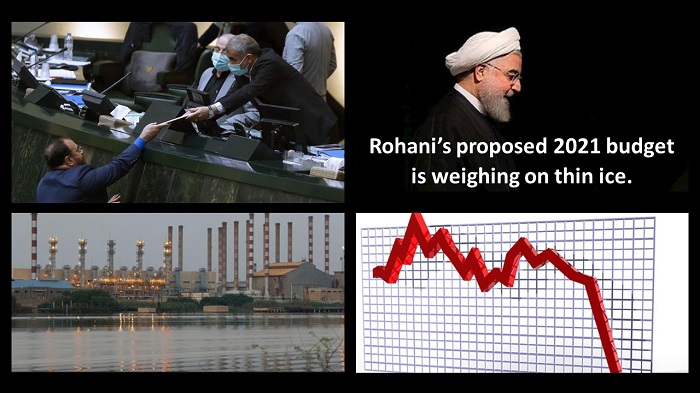
He decided coronavirus was not a necessary discretion, however, despite its affecting Iran worse than any other regional country. The regime’s Health Ministry cites the death toll at under 70,000 whilst The National Council of Resistance of Iran (NCRI), and the People’s Mujahedin of Iran (PMOI / MEK Iran) reports the actual death toll to be over a quarter million- a direct result of the pandemics mismanagement of the virus.
The regime chose to actively cover up the spread of covid, announcing the new Persian year as a “year of boosting production”, forcing many Iranians to continue working or plunge deeper into poverty.

Today around 80% of Iranians are living below the poverty line. Staple food has increased by as much as 25% in the past month, according to the state media outlet ILNA.
Worsening conditionals have been illustrated by thirteen consecutive weeks of protests by Iranian pensioners. These protesters are helping to rekindle the embers of the January 2018 protests and its successor movements.
The pensioners are boycotting the upcoming sham presidential election, citing the lack of any change that will be brought about through the election. The NCRI has been urging boycotts for years; last year showing the lowest voter turnout in four decades.
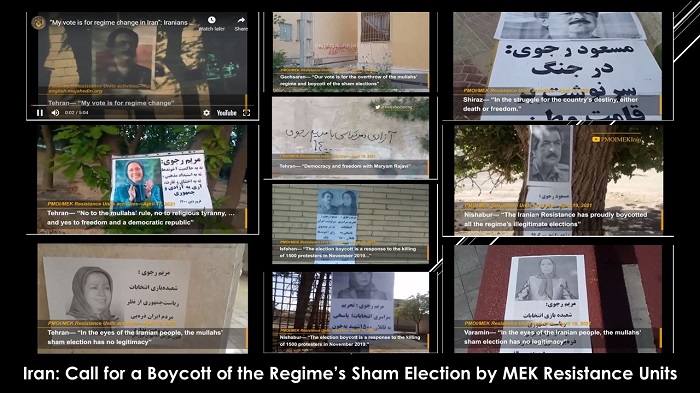
the Iranian daily Jahan-e Sanat wrote last Friday that “the ruling institutions have created this situation with their rampant corruption and resulting inefficiencies.” Another state-run newspaper, Etemad, issued an explicit warning for the regime the next day: “If they do not address people’s dissatisfactions and the system’s structural-behavioral shortcomings, the time will come when there will be nothing left of us.”
This acknowledges what many Western policymakers refuse to: The Iranian people want change and know it is their only solution to this increasingly dangerous crisis.
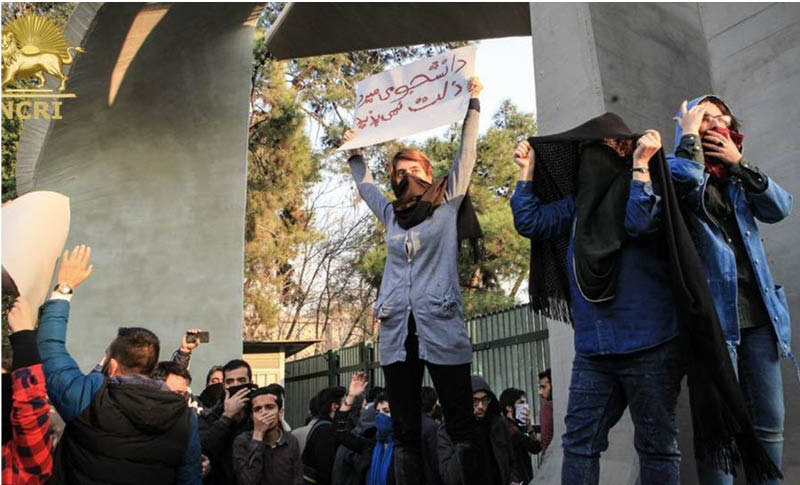
MEK Iran (follow us on Twitter and Facebook)
and People’s Mojahedin Organization of Iran – MEK IRAN – YouTube







